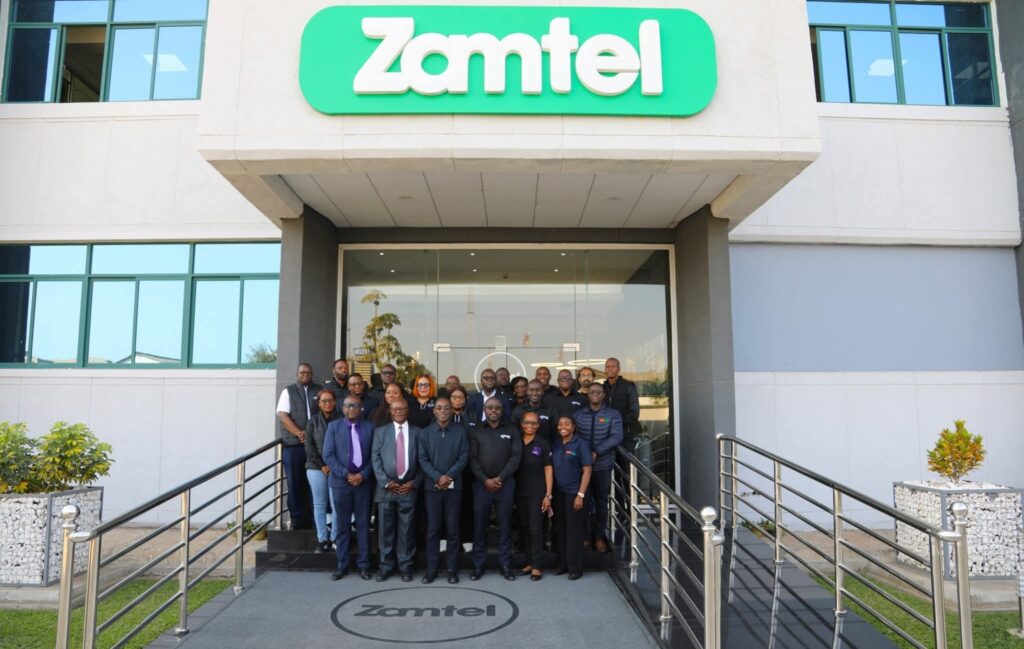Zamtel Targets LuSE Listing in First Quarter of 2026
Zamtel’s plans to list on the Lusaka Securities Exchange (LuSE) are gaining traction, with the state-owned telecommunications company eyeing the first quarter of 2026 for its Initial Public Offering (IPO).
The update was disclosed during a familiarisation visit to Zamtel by Industrial Development Corporation (IDC) Chief Executive Officer, Mr Cornwell Muleya, who commended the company’s progress and pledged full IDC backing to ensure a successful listing. Zamtel is wholly owned by the IDC.
According to management, the equity restructuring will be rolled out in two phases. The first will involve the IPO, while the second phase – expected after 2027 – will focus on securing strategic partnerships to further strengthen operations.
In March 2025, Zamtel appointed Pangaea Securities as transaction advisers. Following the submission and board approval of its inception report, preliminary pre-transaction activities have commenced, with shareholder approval now the next major milestone before the listing process moves forward.
Mr Muleya praised Zamtel’s leadership for implementing a growth-focused strategic plan, a service upgrade programme, and the creation of a modern workspace at its new headquarters, alongside its planned entry into the capital markets.
“Listing the company on LuSE is good. One of our aims is to stimulate the capital markets. We will support you in all areas that make you succeed,” he said, adding that Zamtel plays a vital role in improving Zambians’ quality of life and advancing financial inclusion.
Alongside preparations for the IPO, Zamtel is accelerating its network upgrade programme. Between January and June 2025, the company secured US$12.6 million to expand 4G coverage and enhance its mobile money platform.
So far, 134 4G sites have been upgraded and commissioned, with a further 29 expected to go live by mid-August, bringing the total to 163. By December 2025, Zamtel aims to have 437 upgraded sites operational nationwide.
The investments are already delivering returns, with mobile money usage rising by 111% and notable growth recorded across other service segments.



